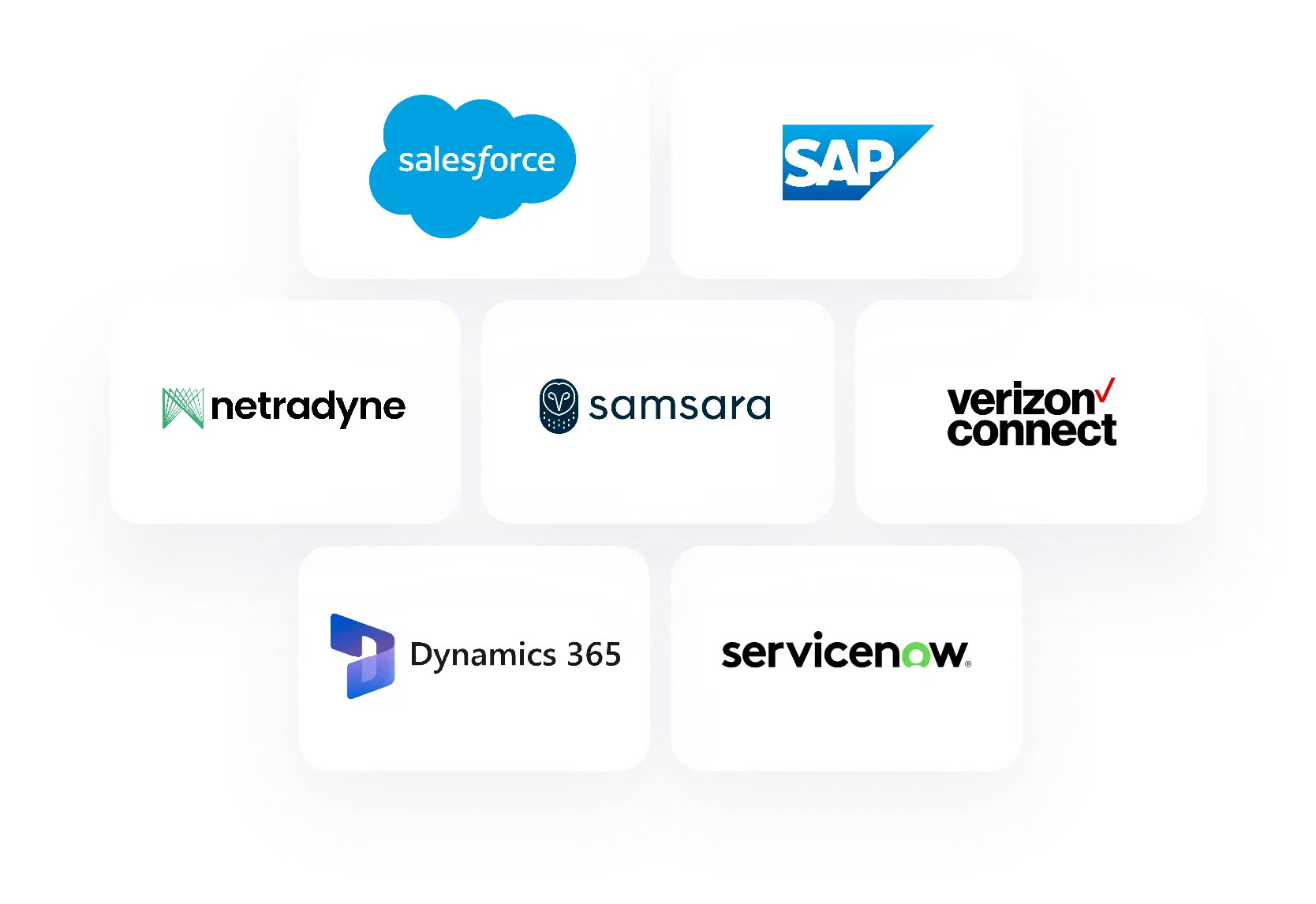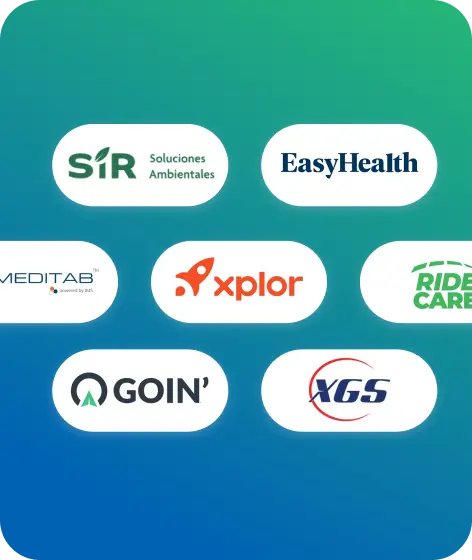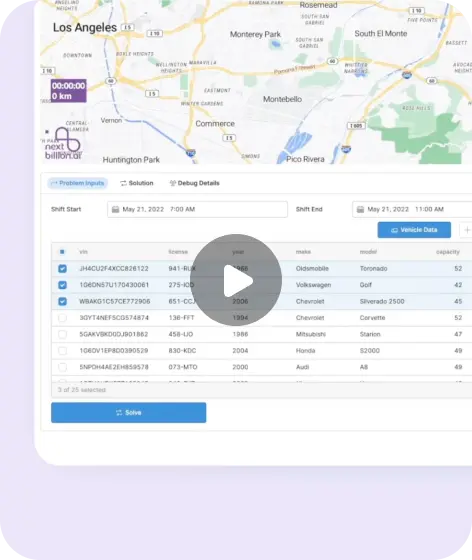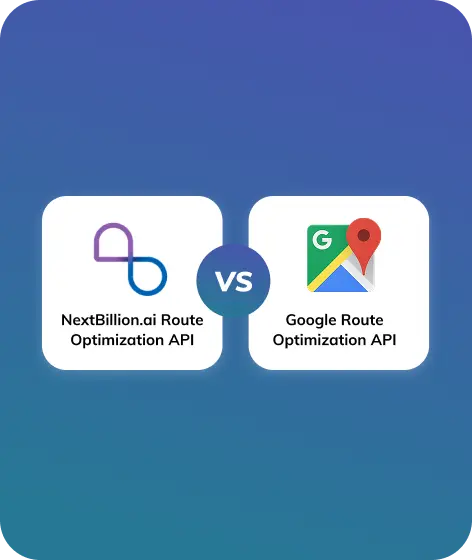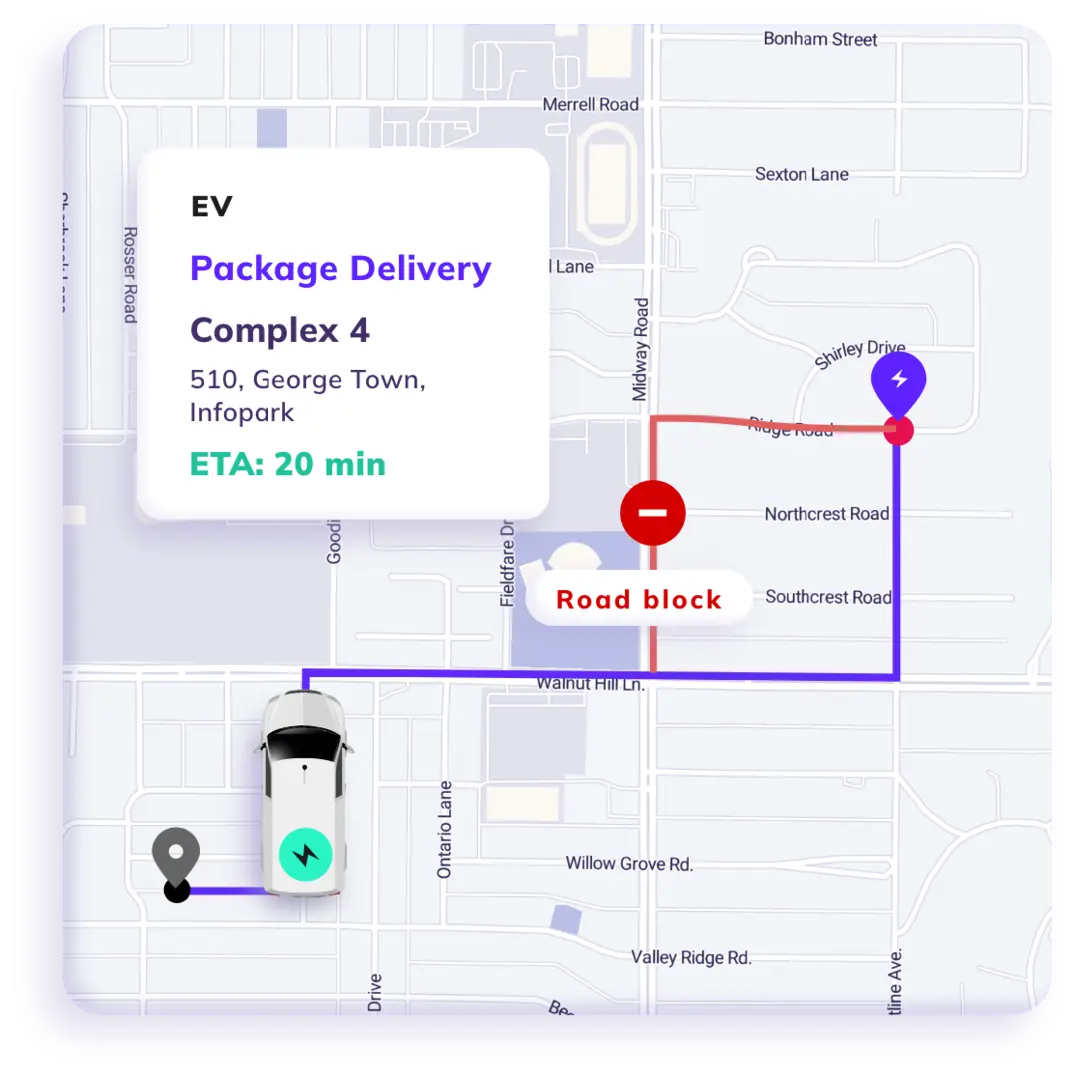Product and tech leaders in EV logistics companies use NextBillion.ai APIs












On-Road Challenges in EV Route Planning

Failure to Comply with
Truck Regulations
Routing an EV truck isn’t just about the shortest path. Businesses struggle to generate route that compliments truck regulatory compliance.

Inefficient
Routing
Unoptimized routes that overlook EV-specific factors like battery health, charging time, and strategic recharging stops.

Optimized Smart
Charging Integration
Generating a route that leverages network data to meet constraints and ensure compatibility between charging stops and vehicle types.
Breaking Through EV Route Planning Limitations with NextBillion.ai
Optimize Routes with Smart Charging Stop Integration
Reduce range anxiety by seamlessly integrating smart charging stops into the existing route plan.
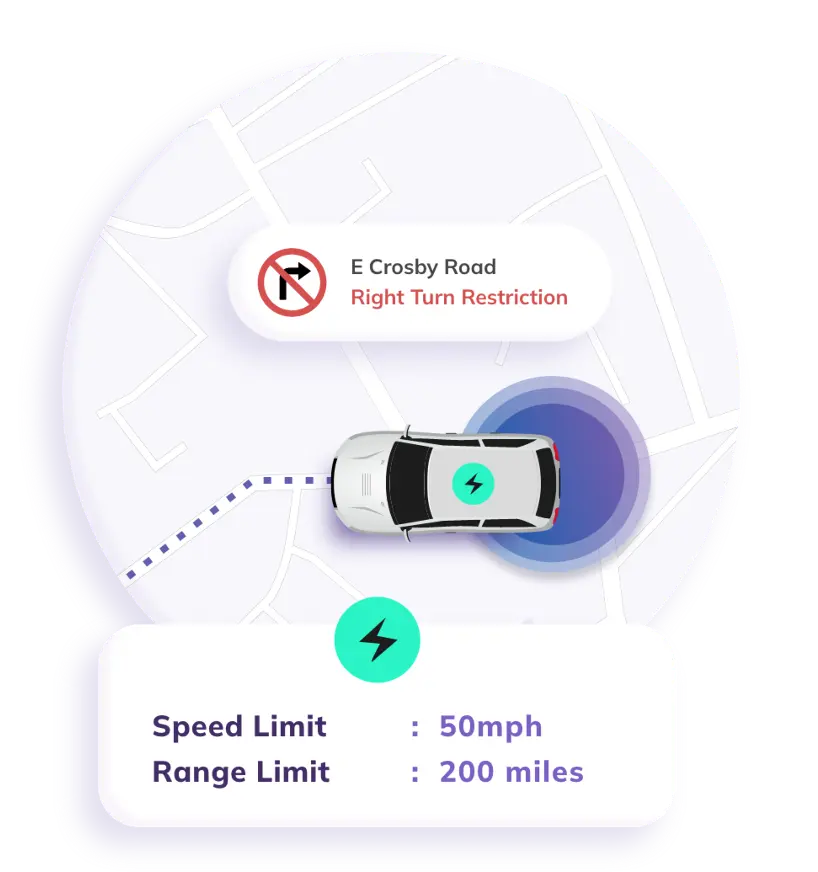

Smart Capacity Planning for Extended Battery Life
Intelligently optimize EV load to minimize battery drain, reducing the need for frequent charging stops.
Truck Compliant
Routes
Optimize and tailor routes by factoring in truck compliance, speed limits, and key constraints for maximum efficiency.
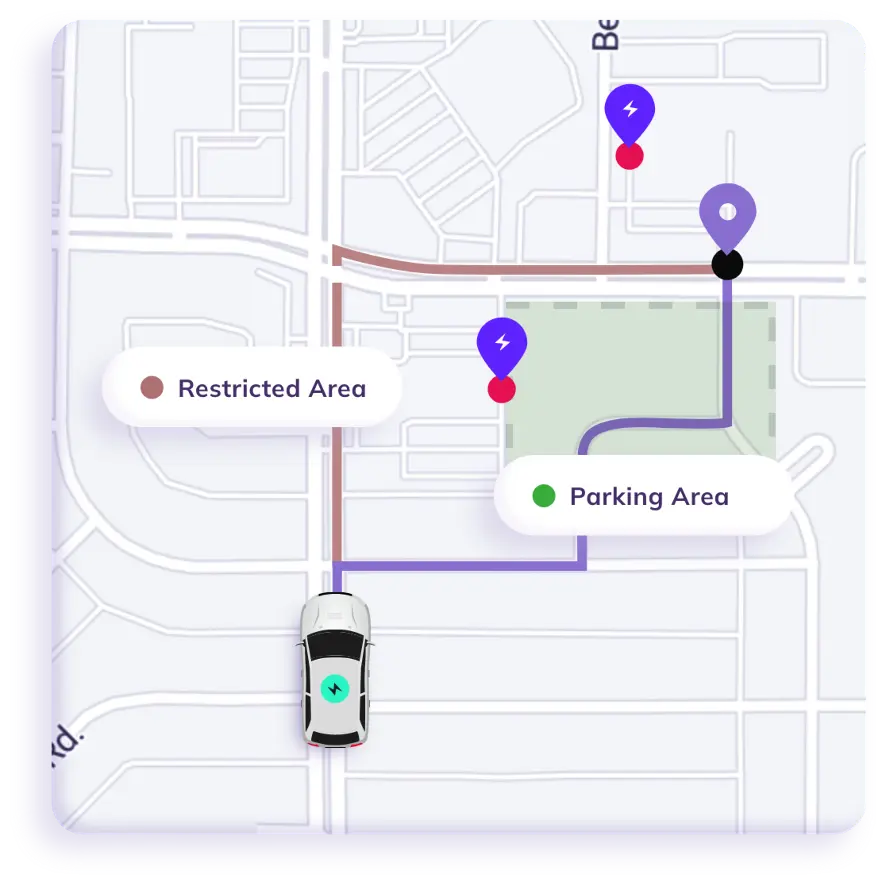
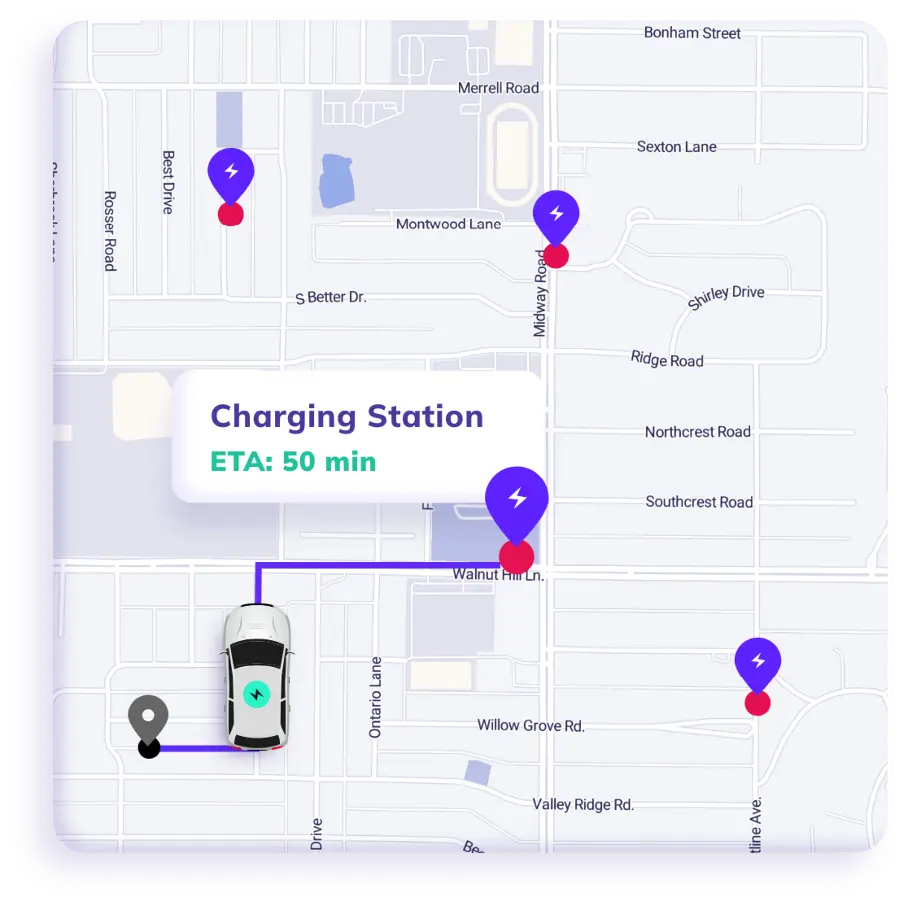
Plan Charging Stations and Parking Spots
Use custom maps or the road editor to mark designated parking spots and charging stations to avoid range anxiety or unexpected battery drain.
EV Route Planning for Every Industry
Last Mile Delivery
Simplify planning and allocation for deliveries with dynamic route optimization for flexibility and reliability.
Explore MoreOn- Demand Delivery
Predict ETAs, optimize mixed-fleet routes, and enable real-time dispatch with low-latency APIs and SDKs.
Explore MoreRide- Hailing
Complete more rides daily with optimal vehicle allocation and traffic-aware routes. Ensure customer satisfaction with accurate ETAs and timely pickups.
Explore More


NextBillion.ai APIs integrate with all logistics applications
Effortlessly Integrate Advanced EV Routing Solutions into Telematics & ERP Systems
View Integrations